Welcome to the final issue of 2011!
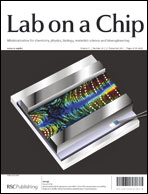 On the front cover of Issue 24 we have an article from Per Augustsson et al., who have developed a platform for micro particle image velocimetry (μPIV) for analyzing two-dimensional acoustophoresis. The device is automated, temperature-stable and has uncertainties below 5% and is therefore able to conduct high-precision measurement of the acoustophoretic velocity field in microchannels.
On the front cover of Issue 24 we have an article from Per Augustsson et al., who have developed a platform for micro particle image velocimetry (μPIV) for analyzing two-dimensional acoustophoresis. The device is automated, temperature-stable and has uncertainties below 5% and is therefore able to conduct high-precision measurement of the acoustophoretic velocity field in microchannels.
Automated and temperature-controlled micro-PIV measurements enabling long-term-stable microchannel acoustophoresis characterization
Per Augustsson, Rune Barnkob, Steven T. Wereley, Henrik Bruus and Thomas Laurell
DOI: 10.1039/C1LC20637K
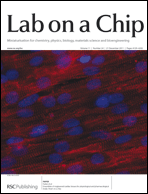 The inside front cover highlights the article from Kevin Kit Parker and colleagues that recently featured in Chemistry World. The article describes a ‘heart on a chip’, exploiting muscular thin film technology to measure contractility and the effect of cell architecture on tissue contraction.
The inside front cover highlights the article from Kevin Kit Parker and colleagues that recently featured in Chemistry World. The article describes a ‘heart on a chip’, exploiting muscular thin film technology to measure contractility and the effect of cell architecture on tissue contraction.
Ensembles of engineered cardiac tissues for physiological and pharmacological study: Heart on a chip
Anna Grosberg, Patrick W. Alford, Megan L. McCain and Kevin Kit Parker
DOI: 10.1039/C1LC20557A
Also in this issue is the latest Research Highlights article from Ali Khademhosseini, and a Focus article on droplet microfluidics for protein engineering and analysis from Helene Andersson Svahn and Haakan Joensson.











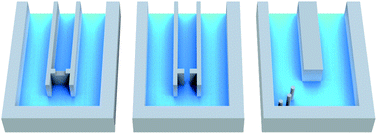
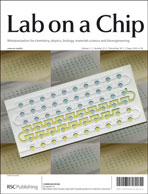
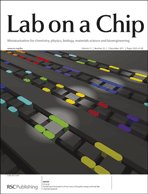
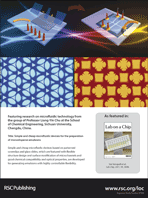

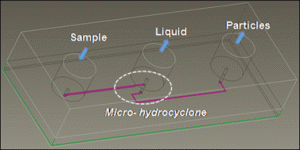
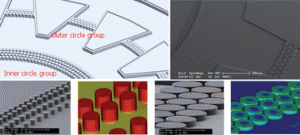
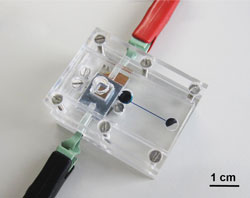

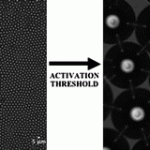

_410_tcm18-209087.jpg)
